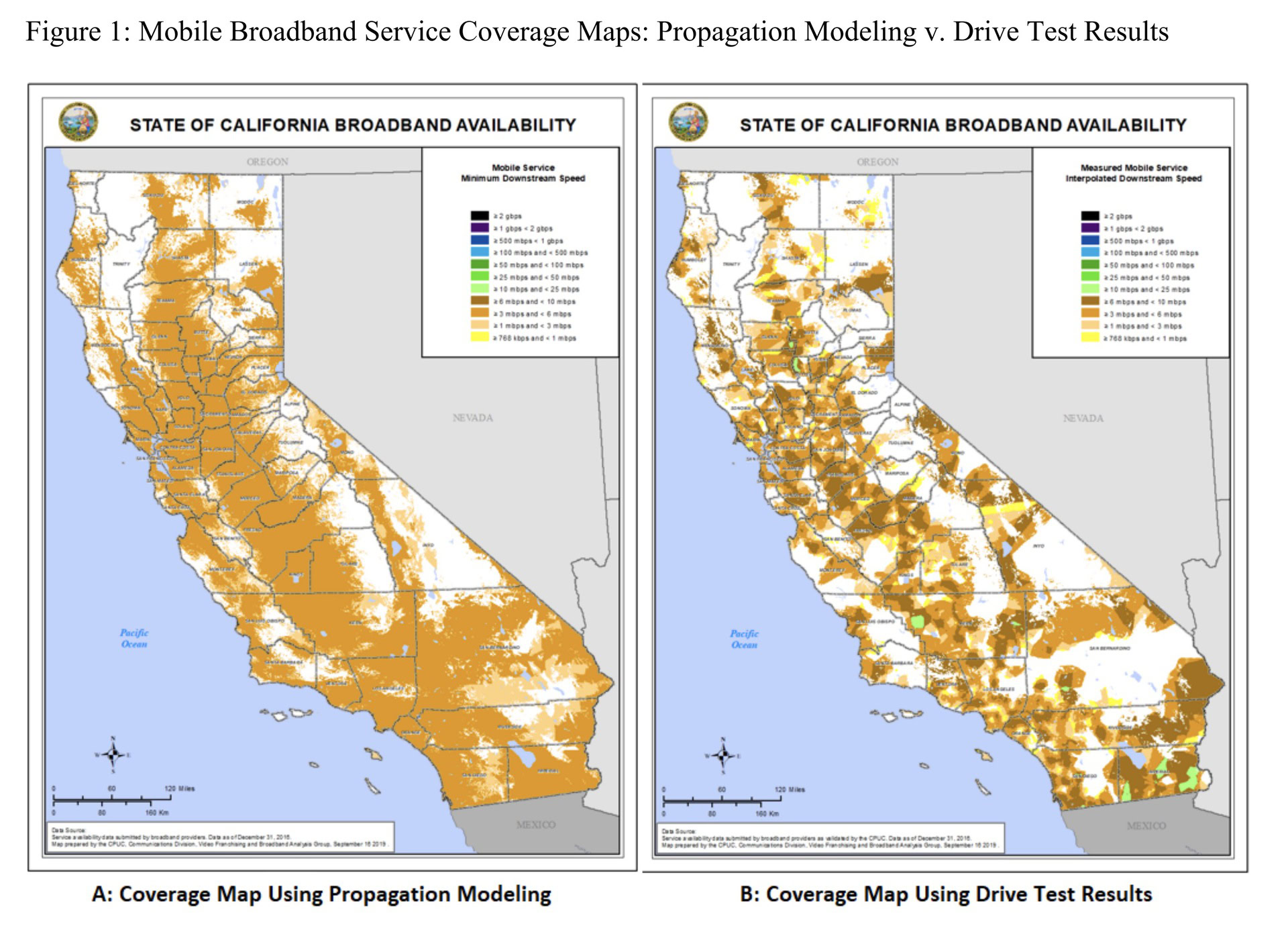Affiliate links on Android Authority may earn us a commission. Learn more.
AT&T and T-Mobile say it would cost too much to drive-test their networks

- In July, the FCC asked for comments on a plan that would require carriers to conduct drive testing.
- Both AT&T and T-Mobile said it would be too costly to conduct those tests.
- The recently passed Broadband DATA Act requires the FCC to collect more granular data on coverage.
AT&T and T-Mobile have come out against a Federal Communications Commission (FCC) plan that would require telecom operators to conduct drive tests to verify their coverage claims. The objections of the two carriers, which were first spotted by Ars Technica, came in response to a call for comments on suggestions the FCC made in July on how network operators could go about providing the agency with more detailed coverage maps.
“We propose requiring mobile service providers to submit on-the-ground test data,” the FCC said in the proposal. “The Broadband DATA Act requires the Commission to verify the accuracy and reliability of mobile broadband coverage data that mobile providers submit to the Commission, and we believe that on-the-ground test data from mobile providers could be a critical component of our verification process.”
In its filing, submitted earlier this week, AT&T contended, “… drive testing is not the proper solution for verifying nationwide coverage maps.”
“Preparing high-quality propagation maps that reflect actual network performance is a complex and involved process,” AT&T went on to say. “The effort and cost to create multiple maps with different propagation parameters or on different software to meet separate deadlines far outweighs any perceived benefit.”
Related: What is 5G and what can we expect?
AT&T claimed it would cost approximately $45 million per year to drive test 25% of its LTE coverage. According to the carrier, even verifying just 10% of its LTE coverage would cost as much as $18 million every year. AT&T says that’s “simply too costly” of an expense at a time when it’s investing significant sums of money in building out a 5G network.
T-Mobile took a similar tack in its response.
“Drive tests and similar procedures are extremely expensive and burdensome to conduct, especially at the scale needed for a statistically significant sample of a nationwide network,” the carrier said. T-Mobile said money allocated to testing would be better spent on building out its network and deploying wireless infrastructure in rural communities. The company also said it’s unsure how the agency would present the data to consumers in a way that’s “easily digestible.”
The need for more detailed and accurate coverage maps is acute in the US. Each year, the FCC gives out billions of dollars in subsidies to telecom companies to build out infrastructure that will narrow the rural digital divide. The agency needs accurate and granular data if it’s going to have any chance of delivering that funding to areas that need it most.
There have been cases in the past where the big three have exaggerated their rural coverage. In 2018, for instance, the Rural Wireless Association found that T-Mobile claimed it had coverage in areas where it planned to build out infrastructure but had yet to do so. However, the best example comes from a filing the California Public Utilities Commission sent to the FCC last year. The document includes a map (below) that shows how testing conducted by the agency paints a much different picture of one unnamed carrier’s actual coverage in the state.
The FCC could change its plans after taking into consideration the concerns of AT&T and T-Mobile. However, the Broadband DATA Act, which Congress passed earlier this year, requires the agency to collect more granular data from telecom companies.
